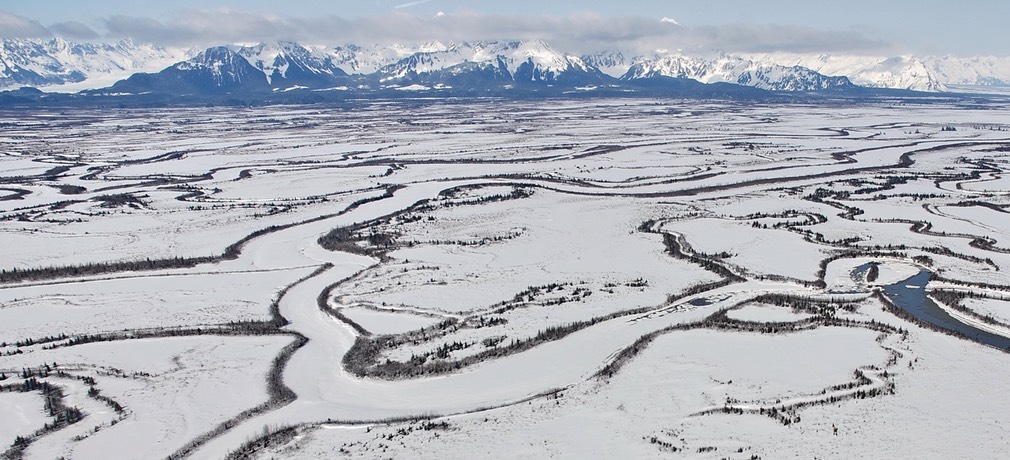Detecting future changes in Arctic CO2 needs winter measurements
June 2016
PAPER:
N. C. Parazoo, R. Commane, S. C. Wofsy, C. D. Koven, C. Sweeney, D. M. Lawrence, J. Lindaas, Rachel Y.-W. Chang, C. E. Miller, Detecting regional patterns of changing CO2 flux in Alaska, Proceedings of the National Academy of Sciences, 113, 28, 7733-7738, doi:10.173/pnas.1601085113, 2016 link pdf
Parazoo, N. C., W. Oechel, C. E. Miller, S. J. Dinardo, R. Commane, J. O. W. Lindaas, R. Y.-W. Chang, S. C. Wofsy, C. Sweeney, and A. Karion. 2015. CARVE-ARCSS: Methane Loss from the Arctic - Fluxes from the Alaskan North Slope, 2012-2014. ORNL DAAC, Oak Ridge, TN, USA. http://dx.doi.org/10.3334/ORNLDAAC/1325 link

Credit: Arctic Winter, NOAA/Mandy Lindeberg
As Arctic air temperatures continue to warm, the photosynethetic uptake of CO2 and respiration of CO2 will both increase. Most of the measurements made in Alaska are during the summer, with only two tall towers and a few eddy flux towers measuring CO2 year-round.
Nick Parazoo of NASA Jet Propulsions Lab lead our recent modeling study on the timing of Alaskan measurements. In the future, if we only use summer-time aircraft/satellite measurements, we will only see half of the story. We will miss increases in respiration in the dark Arctic winter and not see if the Arctic becomes a source to the atmosphere of CO2.
The study concluded that year-round measurements are needed to fully understand the temperature effects on Arctic ecosystems. From the NASA Press release:
Parazoo noted that several large-scale planning efforts are underway for future Alaskan and Arctic observing systems, so now is a critical time to develop new strategies and technologies that focus on these vital cold-season measurements. "We know [the Arctic] has the potential to change through warming and permafrost thaw, and those changes would have global impacts," he said. "We want to have the scientific capability to measure and interpret those changes when and if they happen. Our results suggest we can use aircraft data to detect those changes in as little as 30 years."